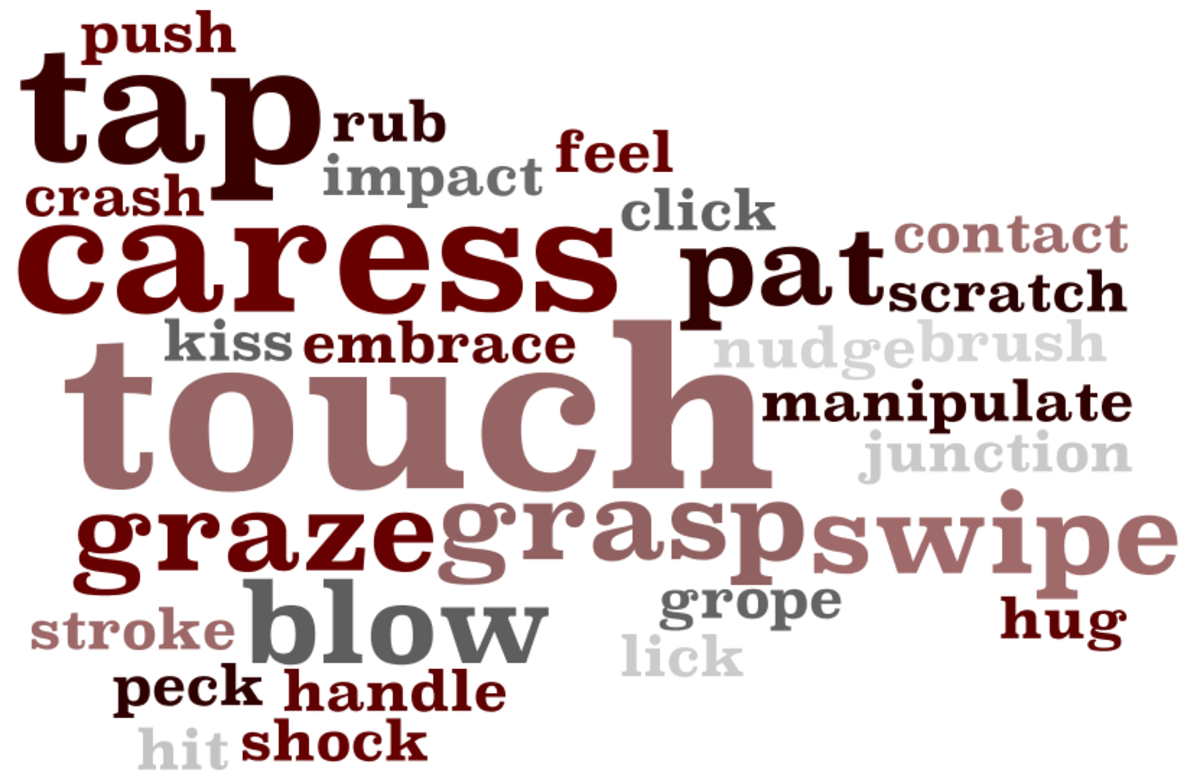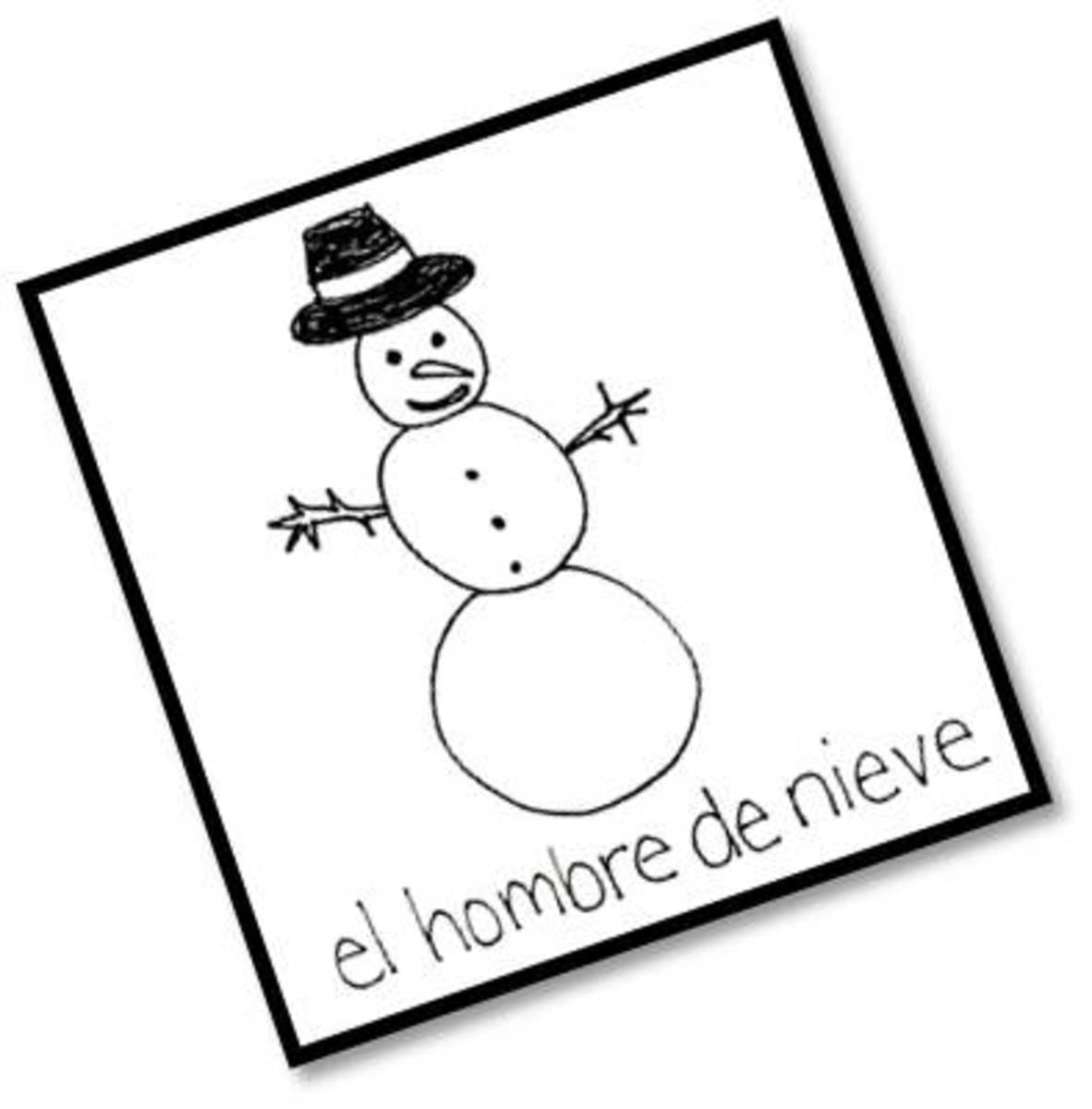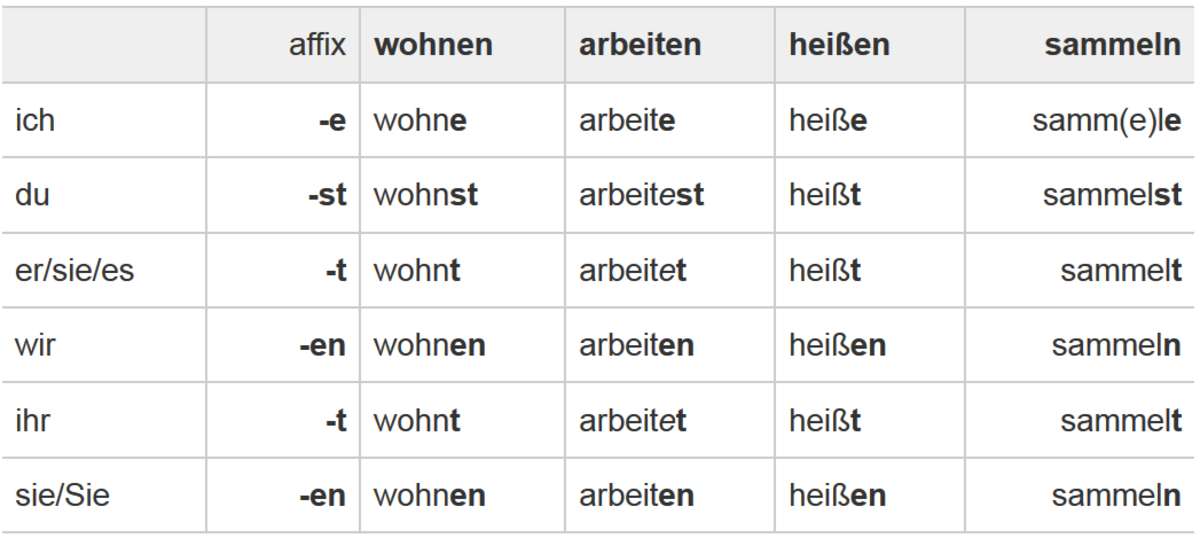Spanish Lesson Seventy-Three: Indicative Vs. Subjunctive

Hey Friends!
Welcome to Monday again! I've been working on reviewing several concepts of the past for further explanation. This week we're going to work on the Subjunctive. I know... I've mentioned the Subjunctive a lot, but it seems to be that one concept that many people have trouble with. Differentiating the Indicative versus the Subjunctive will do good for a lot of people who have trouble.
Today's lesson is purely review. If you feel like you're pretty certain of your skills, read anyway. You may learn some new things you hadn't learned before. Consider reviewing over previous lessons if you think it'll do you some good. Also, there are other concepts that are up for review right now. So a future lesson may help you thoroughly review.

Objectives
- To Determine the uses of the Indicative and Subjunctive
- To Differentiate the differences between the Indicative and Subjunctive
- To Review the formation of the Present and Imperfect Subjunctive
Have You Used The Subjunctive With Anyone?
Subjunctive Is A "Mood"
There will be quite a bit of repetition in this lesson. The first thing to mention is to ensure you that the Subjunctive is not a "tense", but a mood.The verb must change to reflect this mood, however. Thus it still requires a conjugation. The Subjunctive is just like the way we emphasize our words to instill doubt or in a matter of offering an opinion of some sort. There will be an explanation below on how to use the Subjunctive and why it is essential to the Spanish language.
Also, keep in mind, that there are irregulars in the Subjunctive and those will be listed below as well. The indicative irregulars and conjugations can be found in previous notes. Since we've done the indicative to a great degree, there won't be as much review of the indicative.

English Word
| Spanish Equiv
|
|---|---|
Religiuous
| Religioso
|
To See
| Ver
|
Law
| La Ley
|
Often
| A Menudo
|
Diverse
| Diverso
|
To Fall
| Caer
|
Afternoon/Evening
| La Tarde
|
Yesterday
| Ayer
|
Today's Vocabulary
Hey,
As always, here are new words to introduce to you this week. Three of these words on the list I didn't know before, so I'm content. Try to review over all of your vocabulary when you can and write a letter or some sort of informative piece in order to use this vocabulary. I've been receiving my word of the day every day, so it's been pretty helpful with learning new words.
If you want to sign up, search "Spanish Word of The Day" and select any link that comes up. There are multiple services for this. I haven't graded each one. One of these days, I will...
The Present Subjunctive (Verb Endings)
Endings
| Yo
| Tú
| Él/Ella/Usted
| Nosotros
| Ellos/Ellas/Ustedes
|
|---|---|---|---|---|---|
-AR
| E
| Es
| E
| Emos
| En
|
-ER/IR
| A
| As
| A
| Amos
| An
|
Past (Imperfect) Subjunctive (Verb Endings)
Endings
| Yo
| Tú
| Él/Ella/Usted
| Nosotros
| Ellos/Ellas/Ustedes
|
|---|---|---|---|---|---|
All (Most Common)
| Ra
| Ras
| Ra
| Ramos
| Ran
|
All (Spain Only)
| Se
| Ses
| Se
| Semos
| Sen
|
Indicative
- Used to express factual information, certainty, and objectivity
Subjunctive
- Used to express uncertainty, doubt, and subjectivity
The Indicative Vs. The Subjunctive
Hey,
So I want to introduce the differences between the Indicative and the Subjunctive. I will then review over how to determine if something is Subjunctive or not. I have to be honest when I say I still get thrown off sometimes with the Subjunctive. It's a "mood" that is sometimes hard for me to read. I believe it's because I speak English. That's the only other explanation.
If you'll look to the right, you'll see my QuickNotes explaining the main differences between the Indicative and the Subjunctive. The Indicative refers to fact, certainty, and objectivity. These terms are used to refer to things that we know for certain are true. Thus anything relating to an event that occurred in the past or something occurring now is considered Indicative.
The Subjunctive is its opposite. It refers to uncertainty, doubt, and subjectivity. Anything that has a possibility of happening or has doubt in it is Subjunctive. There are clues and hints to figuring out if something has doubt or uncertainty. Check out these bullet points.
- Verbs of Influence or willing are involved: This refers to verbs like desear, querer, pedir, decir,etc. These verbs can be a part of a Subjunctive clause if they indicate influence of any kind. Ensure that when using these verbs to give a command or an order that it is automatically Subjunctive.
- Verbs of Emotion: This refers to verbs like esperar, sentir, gustar, etc. Any verb that reflects emotion of some sort or a desire follows with the Subjunctive.
- Negative Verbs: This refers to verbs of doubt or negation. Think of verbs like dudar and negar. Creer and Afirmir are indicative, however when a "no" is placed in front of them, they become negative and thus become Subjunctive.
- Impersonal Expressions: All Impersonal expressions follow with the Subjunctive. These are opinions like es bueno que, es malo que, es raro que, etc. We'll go over those in another lesson.
Using The Subjunctive
So...
I did a lot of research on this topic before writing this lesson. I tried my best to share as much as I could. I knew quite a bit of it, but the Subjunctive is very expansive and it's confusing. If you find any other information that's worth sharing, leave me a comment and I'd be happy to include your information.
So now that I've told you how to differentiate between the Indicative and Subjunctive, I want to share with you how to conjugate your verbs to reflect the Subjunctive. Anyone remember how? No worries if you don't, I'm going to review that anyway. Have you read the chart above? If you'll note the verb endings are the opposites. For -AR verbs we have endings e, es, e, emos, en. For -ER/-IR verbs we have endings a, as, a, amos, an. Easy to remember right? So let's start the Present Subjunctive.
Manuel piede que vayas a la casa. Manuel asks that you go home. Note that the phrasing after "Piede que" is subjunctive. It's a clause that follows Manuel's request (or command) that you go home. The verb ending is right, but what happened to "ir". Well, "ir" is irregular in the Subjunctive. So you get "Vay" as the prefix for the verb's conjugation.
Manuel espera que el equipo gane. Manuel hopes that the team wins. Esperar means "to wish" or "to hope" and fits in the category of verbs I mentioned in the previous section. So yeah. Simple right? The ending is right, but how do I get the new prefix for the verbs? Let me tell you.
Present Subjunctive: Take the verb's conjugation in the Present Indicative (the yo form), drop the ending that is normally attached, and add on a new ending. Let me show you.
Salir--->Salgo--->Salga, Salgas, Salga, Salgamos, Salgan.
Get it? Make sure you know that some verbs are irregular in the yo form of the present indicative. Keep your eye out. In this case there are verbs like hacer, haber, salir, poner, traer, etc. Verbs that are irregular in the subjunctive will be shown in the chart below. Take a look at that. Other than those verbs, every other Subjunctive Form in the present tense is used by taking the Present Indicative conjugation (in the yo form), taking away the ending, and adding a new one.
Espero que miraras la película. I hope that you watched the movie. Esperar is a verb of an emotion and thus begins a Subjunctive clause. The endings that correspond with the Imperfect Subjunctive are ra, ras, ra, ramos, ran OR se, ses, se, semos, sen (these are only used in Spain). So you basically have an option, but the initial set is far more common.
Es bueno que él hubiera hecho esto. It's good that he had done this. So I threw you for a loop. I added some more to my usual sentence. "Es bueno que" is an impersonal expression followed by "he" and the Imperfect Subjunctive form of "haber", the helping verb. I continued the clause with a past participle and the word "Esto" which means "this". Want to know how to form the Imperfect Subjunctive?
Past (Imperfect) Subjunctive: There are NO irregulars in the Imperfect Subjunctive. So that should make it even easier. However, it becomes a bit difficult because you must now look at the preterit form of the verb you want to use. The Preterit has more irregulars than any tense. Just make sure you look up a verb you're unsure about.
In this case, look to the third person plural of the preterit form of the verb you want to use (that's the ellos/ellas/ustedes form). See the form? Remove the normal ending and attach on the new ending. Let me show you.
Hacer--->Hicieron--->Hiciera, Hicieras, Hiciera, Hiciéramos, Hicieran
Hablar--->Hablaron--->Hablara, Hablaras, Hablara, Habláramos, Hablaran
Note: All Nosotros forms of the Imperfect Subjunctive will have an accent on the vowel prior to then ending just like in the examples above. If you want to know The Imperfect Subjunctive better, know your conjugations for the irregulars in the preterit. That's the trickiest part of this particular "mood".
All in all, a pretty good review if I do say so myself. Keep practicing and asking questions. It only gets easier with time. Thanks for reading and see you all next week!!
Oh! Next week we'll be discussing Impersonal Expressions
Irregulars In Present Subjunctive
Verb
| Yo
| Tú
| Él/Ella/Usted
| Nosotros
| Ellos/Ellas/Ustedes
|
|---|---|---|---|---|---|
Dar
| Dé
| Des
| Dé
| Demos
| Den
|
Estar
| Esté
| Estés
| Esté
| Estemos
| Estén
|
Haber
| Haya
| Hayas
| Haya
| Hayamos
| Hayan
|
Ir
| Vaya
| Vayas
| Vaya
| Vayamos
| Vayan
|
Saber
| Sepa
| Sepas
| Sepa
| Sepamos
| Sepan
|
Ser
| Sea
| Seas
| Sea
| Seamos
| Sean
|
- Spanish Subjunctive
Spanish grammar discussion: subjunctive mood. - The subjunctive mood in noun clauses
- senorbelles - YouTube
My channel includes: Spanish Grammar Spanish Vocabulary Spanish Tips Spanish Slang Spanish Proverbs Teacher Ideas Teacher Commentaries If you like my videos ...
© 2014 AE Williams








